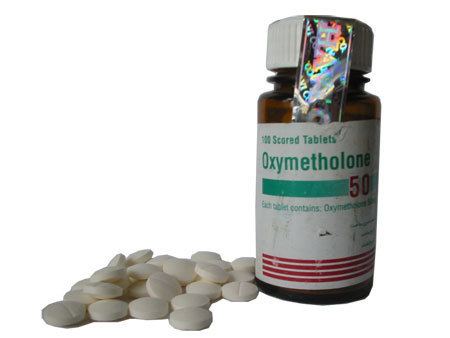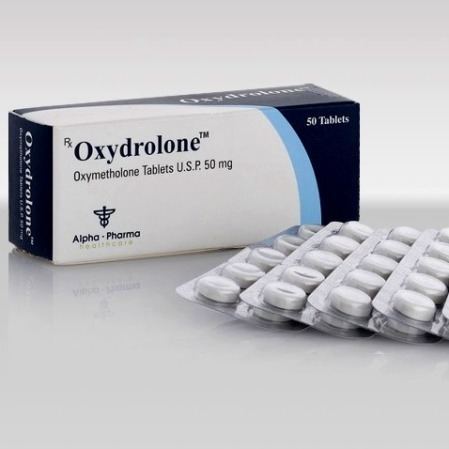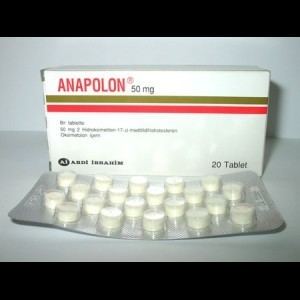Pregnancycategory X ATC code A14AA05 (WHO) Molar mass 332.48 g/mol | Routes ofadministration Oral CAS ID 434-07-1 Bioavailability 95% | |
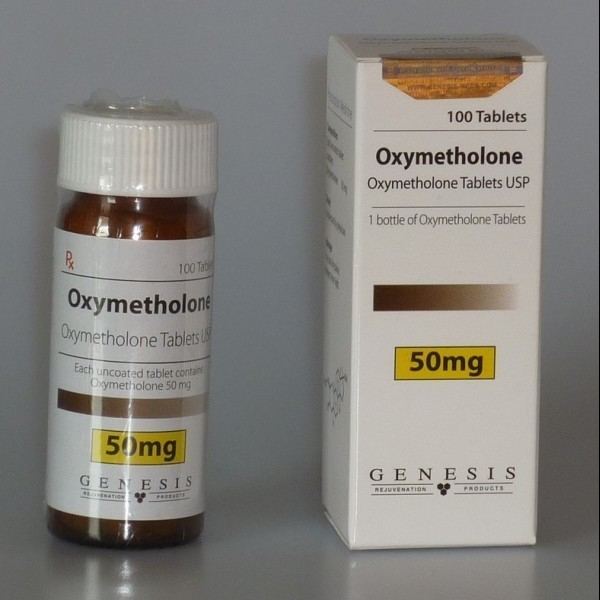 | ||
Trade names Androyd, Anadrol, Anapolon, Anasteronal, Hemogenin, Oxitosona, Roboral, Synasteron, Zenalosyn AHFS/Drugs.com Consumer Drug Information Legal status CA: Schedule IVUS: Schedule III | ||
Oxymetholone (INN, USAN, BAN) (brand names Anadrol, Anapolon, others) is a synthetic, orally active anabolic-androgenic steroid (AAS) and 17α-methylated derivative of dihydrotestosterone (DHT) that is marketed in the United States, Europe, and elsewhere in the world. It was first described in a 1959 paper by scientists from Syntex. Its primary clinical applications include treatment of osteoporosis and anaemia, as well as stimulating muscle growth in malnourished or underdeveloped patients. The drug was approved for human use by the FDA. Later, non-steroidal drugs such as epoetin alfa were developed and proven to be more effective as a treatment for anaemia and osteoporosis without the side effects of oxymetholone. The drug remained available despite this and eventually found a new use in treating HIV wasting syndrome.
Contents
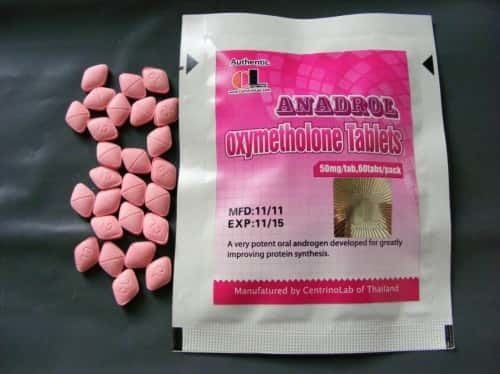
Presented most commonly as a 50 mg tablet, oxymetholone is one of the strongest androgenic steroids available. Similarly, there is a risk of side effects. Despite very low binding affinity with the androgen receptor, oxymetholone is highly effective in promoting extensive gains in body mass, mostly by greatly improving protein synthesis. For this reason, it is often used by bodybuilders and athletes.
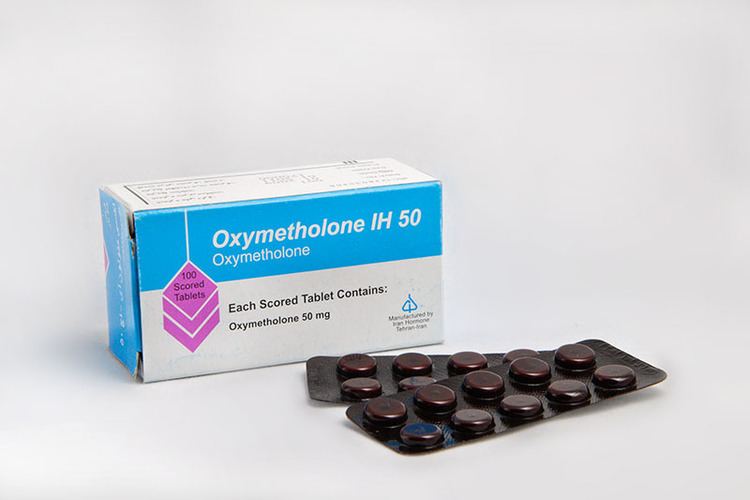
Side effects
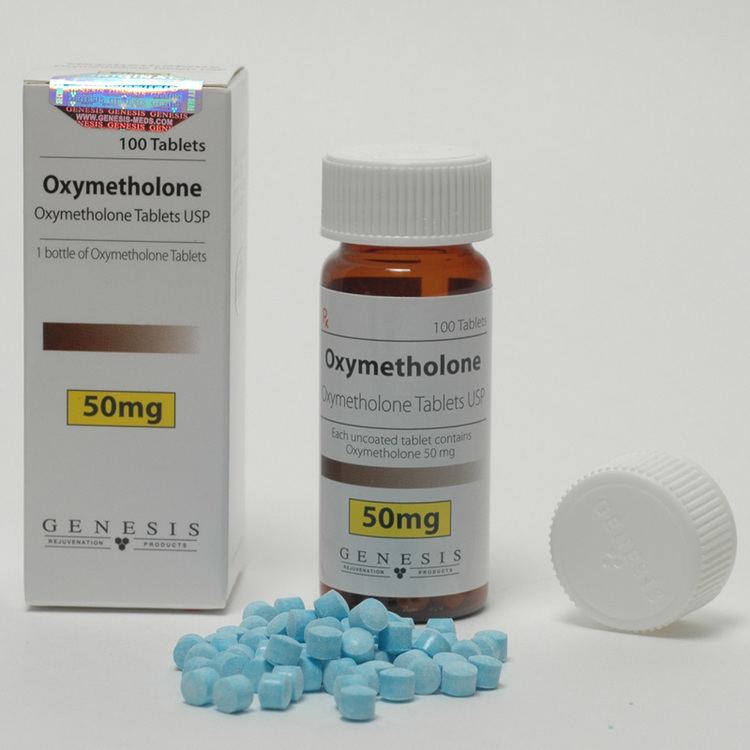
The common side-effects of oxymetholone include depression, lethargy, headache, swelling, rapid weight gain, priapism, changes in skin color, urination problems, nausea, vomiting, stomach pain (if taken on an empty stomach), loss of appetite, jaundice, breast swelling in men, feeling restless or excited, insomnia, and diarrhea. In women, side effects also include acne, changes in menstrual periods, deepened voice, hair growth on the chin or chest, male pattern baldness, enlarged clitoris, and changes in sex drive. Because of its 17α-alkylated structure, oxymetholone is highly hepatotoxic. Long term use of the drug can cause a variety of serious ailments, including hepatitis, liver cancer, and cirrhosis; therefore periodic liver function tests are recommended for those taking oxymetholone.
Chemistry
Oxymetholone is also known by the chemical names 2-hydroxymethylene-17α-methyl-4,5α-dihydrotestosterone (2-hydroxymethylene-17α-methyl-DHT) and 2-hydroxymethylene-17α-methylandrostan-17β-ol-3-one.
